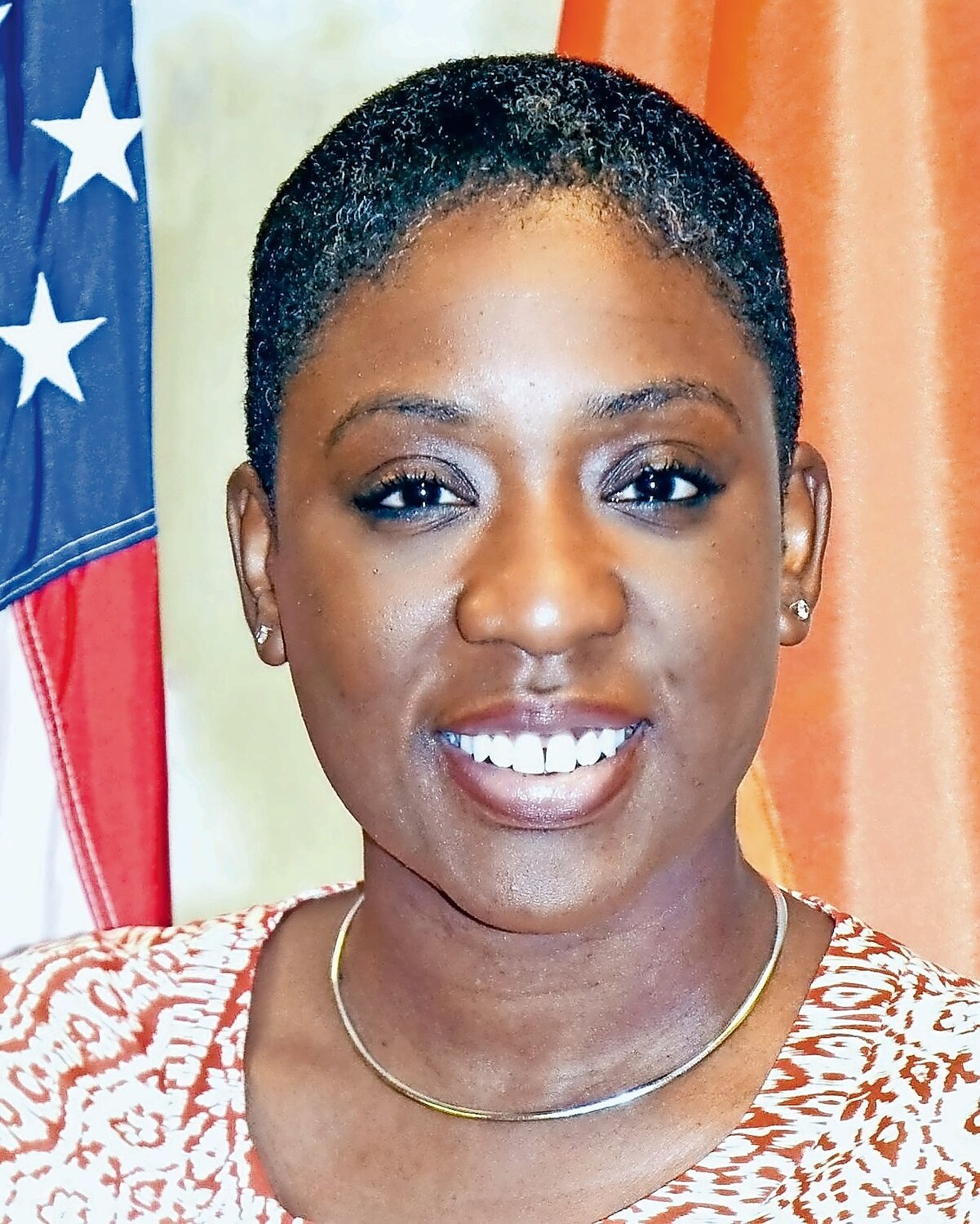Before Nassau throws a party, let’s serve most vulnerable
The practitioners who deliver physical, speech and occupational therapy services to babies and toddlers under age 3 with disabilities and developmental delays have not gotten a raise from Nassau County in nearly three decades. As homelessness continues to grow, Nassau has slashed its funding for the Department of Social Services, and its Homeless Intervention Team has been disbanded. Yet before dealing with these issues, the county sank $10 million of federal pandemic recovery aid into its 125th-anniversary plans.
Since the inception of the Preschool-Related Services program in 1999, the county has paid the same rate of $40 per hour to those practitioners. Research confirms that after all these years without an increase, Nassau’s rate of compensation is now the lowest in the state. This has discouraged practitioners from working with the county, and as a result, it has been reported that roughly 200 young people are on a waiting list for services.
Shortly after I concluded my service on the Westbury Board of Education and became a legislator in 2014, I identified — and successfully reversed — plans by the administration of then County Executive Ed Mangano to transfer $4.5 million from the Early Childhood Intervention budget. Additionally, I worked to end the county’s practice of benchmarking the performance of consultants tasked by the county with providing services to youth based on their cost efficiency.
While these were significant strides in preserving the framework of this essential youth initiative, the stagnation of Nassau’s rate of compensation has created major obstacles for families in need of services. With every year that passes, the imbalance grows wider between those who can afford to backfill the services that Nassau County is not providing and those who cannot.
Advocates are seeking parity with neighboring municipalities, and because the state reimburses the county at a rate of 59.5 percent of our outlay for these services, it would have been prudent to increase what we pay by using a small portion of Nassau’s $299 million in remaining American Rescue Plan Act funds as a bridge until higher reimbursements rates kicked in. I can think of no more appropriate use for these funds than the post-pandemic educational recovery of the county’s young people.
A similar disconnect exists in Nassau’s handling of its homelessness crisis. In response to my request in 2017, the county Office of Housing and Intergovernmental Affairs provided me with a budget report showing that $325,000 had been earmarked for the Department of Social Services’ Homeless Intervention Team, which comprised several Adult Protective Services employees and Housing and Homeless Prevention personnel and was undertaking extensive street outreach services.
After it was disbanded, however, the HIT was replaced by the Long Island Coalition for the Homeless, which has received less than half that sum from the county to provide outreach services in subsequent years. According to the coalition’s 2023 “point in time” count of the homeless on Long Island, the number had increased to 3,536 people — 1,463 of them under age 18. Based on those numbers, the need has increased — and so should county funding.
Rather than apply resources to areas that we know are underfunded, on Jan. 22, County Executive Bruce Blakeman and the legislative majority transferred over $222 million in ARPA funds to the county’s operating budget and just $15 million into a fund for various nonprofit organizations and special districts that deliver ARPA-approved services. The $15 million was transferred with no guarantee that those resources would be disseminated equally across the County Legislature’s 19 districts.
It is notable that, a month before this vote, the administration carved out $10 million in federal pandemic money for the county’s 125th anniversary celebration. While it justified this by forecasting an economic boost from increased tourism, analysis published in a recent Econ Focus report showed that the administration’s projection of a $3 return per dollar spent relies on an interest rate that’s near zero percent. Econ Focus further demonstrated that, based on current economic conditions, the actual boost could be as little as 50 cents on the dollar.
Faced with an opportunity to optimally resource programs that shelter the homeless and deliver crucial services to deserving, at-risk youngsters, the county should have realigned its priorities. Spending so much to advertise and stage concerts and fund a series of anniversary celebrations appears downright frivolous in light of these unmet needs.
Siela A. Bynoe, who represents Nassau County’s 2nd Legislative District, is the Legislature’s alternate deputy minority leader.






